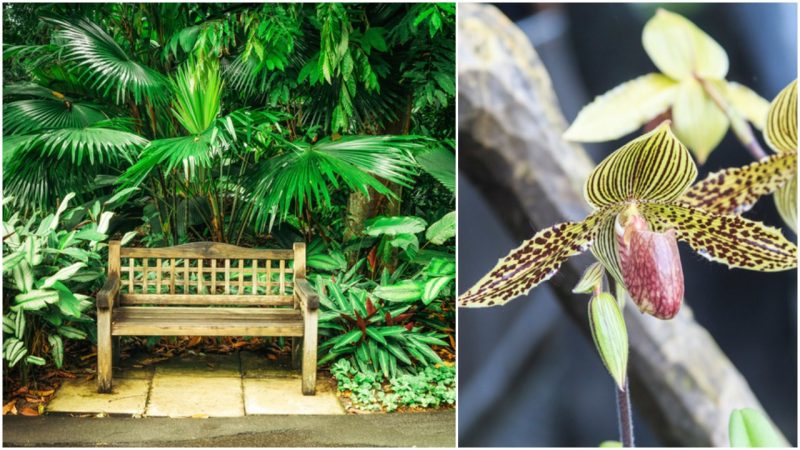What started as a modest project turned out to be one of the most captivating gardens in the world. The story of the Singapore Botanic Gardens started when Stamford Raffles decided to cultivate exotic plants and herbs for his researches and experiments.
He created the first botanic garden next to his house at Government Hill in 1819. Although it was initially a small garden, it grew bigger with time, enabling the introduction of the spice industry to Singapore. However, in 1823 Raffles left Singapore for good, and the botanic garden started slowly to decline until it was eventually closed in 1829.
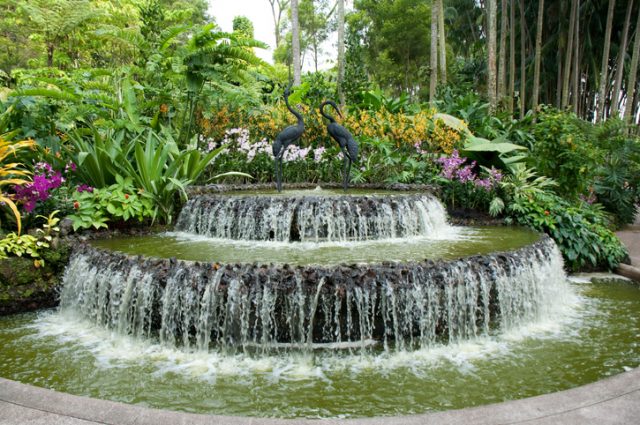
But interest in reviving the botanical garden grew with time. The idea was particularly pushed by the Agri-Horticultural Society, and in 1859 they decided to finally re-establish the botanical garden. However, the original location of the garden was changed. The Agri-Horticultural Society purchased a modest plantation that belonged to a businessman in the center of the city. Other modifications followed, starting with the design of the gardens.
Instead of just cultivating plants for scientific researchers, the new garden had a more natural look, inspired by English landscape gardens. Lawrence Niven was commissioned to develop the gardens and he spent the following fifteen years working there.
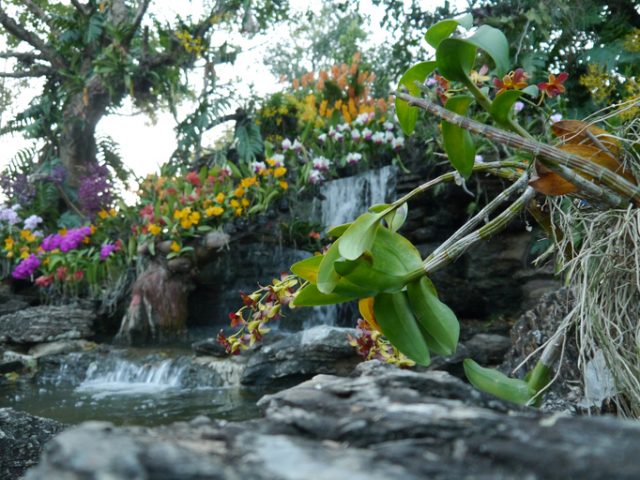
Niven is responsible for creating some of the garden’s most recognizable features. For instance, he excavated the famous Swan Lake, built the Anglo-Malay bungalow known as Burkill Hall, planted colorful flowers, shrubs, and trees, and added curving pathways between them, so that anyone could easily admire the surrounding landscape. But this project wasn’t cheap at all, and because of the lack of finances, the Agri-Horticultural Society had to give the garden to the British colonial government.
Once the British took control of the gardens, they decided to focus more on the development of the botanicals. New directors arrived from the Royal Botanic Gardens, Kew in London: Henry James Murton, Henry Nicholas Ridley, and Nathaniel Cantley, who were to improve and enlarge the botanical gardens. Part of the new additions was the zoo that counted approximately 150 animals that would later be closed.
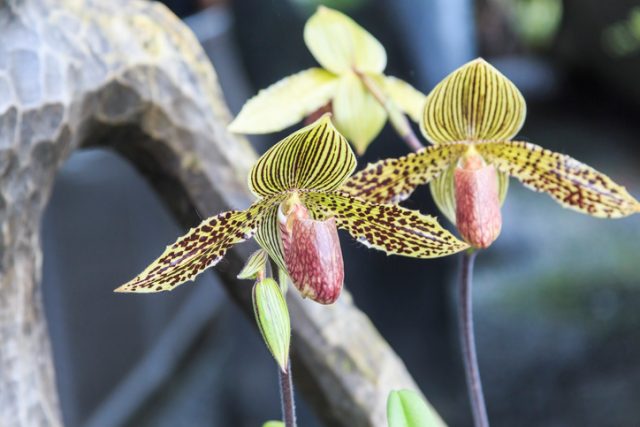
The botanical garden peaked when the English botanist Henry Nicholas Ridley, who was also a director of the gardens, concentrated more on developing techniques for rubber cultivation. His new, successfully developed technique was soon accepted by the people of the Malaysian peninsula, which led to its becoming the leading producer of natural rubber in the world by the early 1900s.
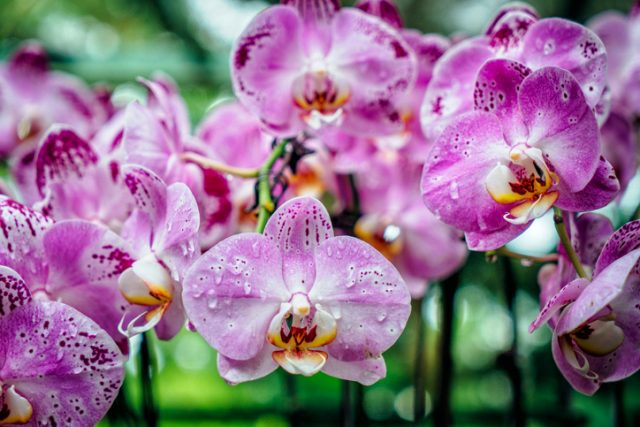
Ridley authenticated the orchid hybrid Vanda “Miss Joaquim” (now in genus Papilionanthe), which was created by Singaporean horticulturalist Ashkhen Hovakimian and today is part of the largest orchid exhibition in the world in the National Orchid Garden. In 1981, it was proclaimed the national flower of Singapore.
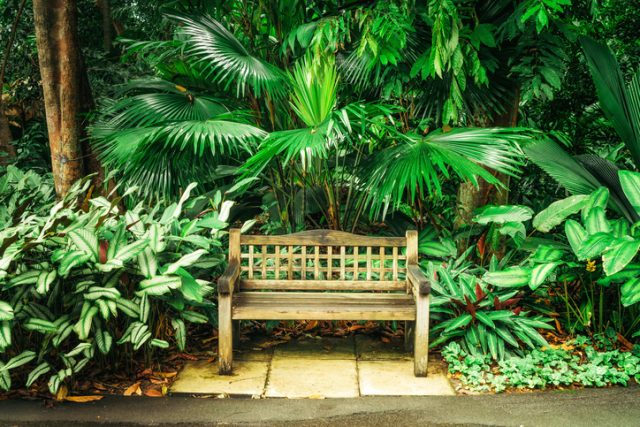
In 1912, Ridley returned to Scotland. Fortunately, his departure did not have any negative effect on the gardens. On the contrary, the new directors Isaac Henry Burkill, Humphrey Morrison Burkill, and Richard Eric Holttum once again enlarged the gardens. The botanical garden was also enriched, as well as the orchid garden. In fact, for the first time, an orchid hybrid was produced in the Singapore Botanic Gardens, known as the Spathoglottis Primrose. Several bungalows were added, including the Holtrum Hall, whose design was inspired by neoclassical architecture and the vernacular style.
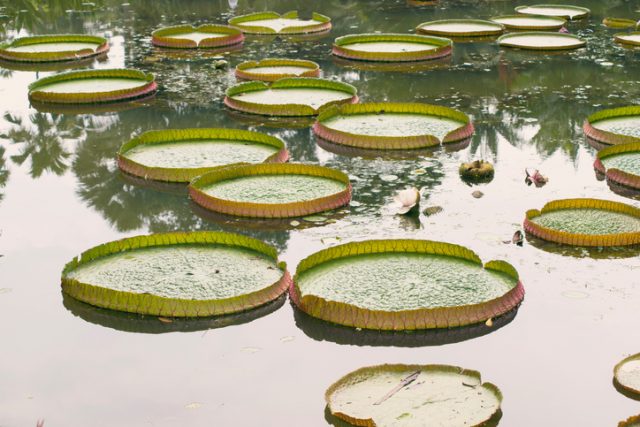
Following the independence of Singapore, the gardens were maintained by local people who were trained overseas, the first being Chew Wee Lek. Over the following years, the gardens were expanded for the last time: the second lake was excavated and recreational parks, the sundial, and the Japanese garden were added. The School of Ornamental Horticulture was opened for the first time. Today, thanks to these beautiful gardens, Singapore is known as “Garden City.” They are the most visited gardens and the third garden in the world, after Orto Botanico di Padova and the Royal Botanic Gardens, Kew, to be listed as a UNESCO World Heritage site.
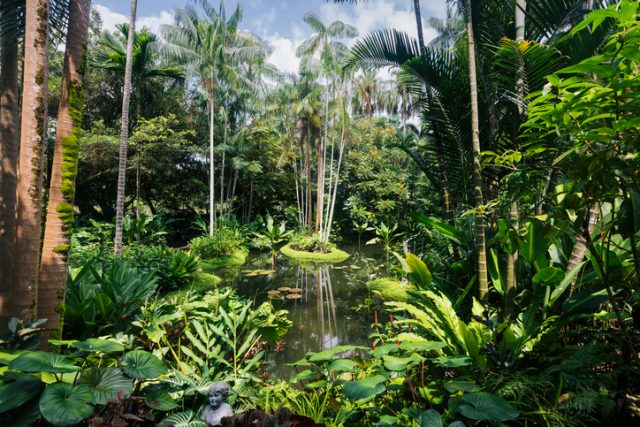
The Singapore Botanic Gardens is the home of what is believed to be the oldest and largest orchid in the world, the tiger orchid. This tiger orchid has been growing in the same spot at the intersection of two paths, near the Curtain of Roots Walk, for the past 157 years, according to research reported in The Straits Times.
Related story from us: The Lost Gardens of Heligan in Cornwall, restored after decades of neglect
The gardens’ director, Dr Nigel Taylor, discovered the plant’s history when he went through archival material as part of the site’s UNESCO bid. “In a guide produced for the Gardens in 1927… I came across a reference to a tiger orchid planted by Lawrence Niven in 1861,” he said. He also found photographs from the 19th and 20th centuries showed the orchid growing larger in the same place specified in the guide.
